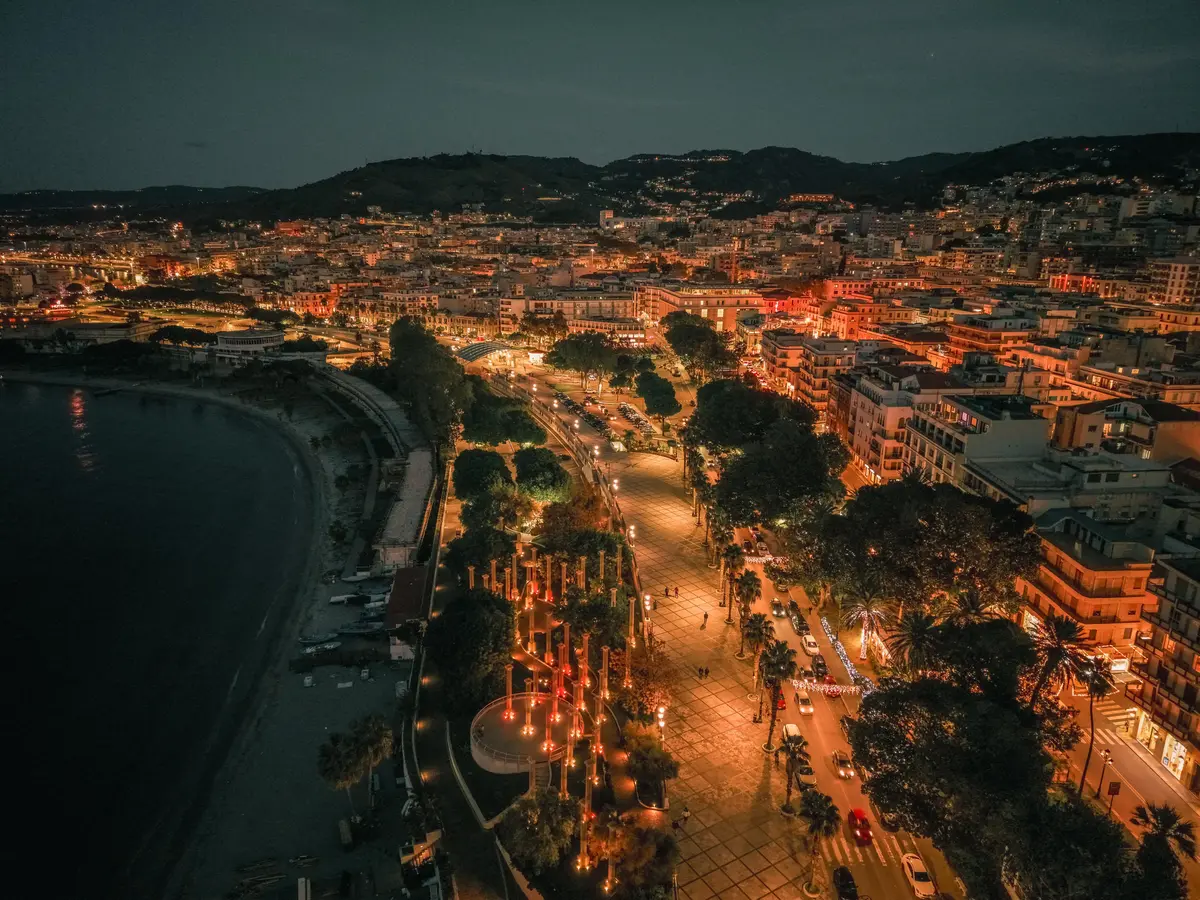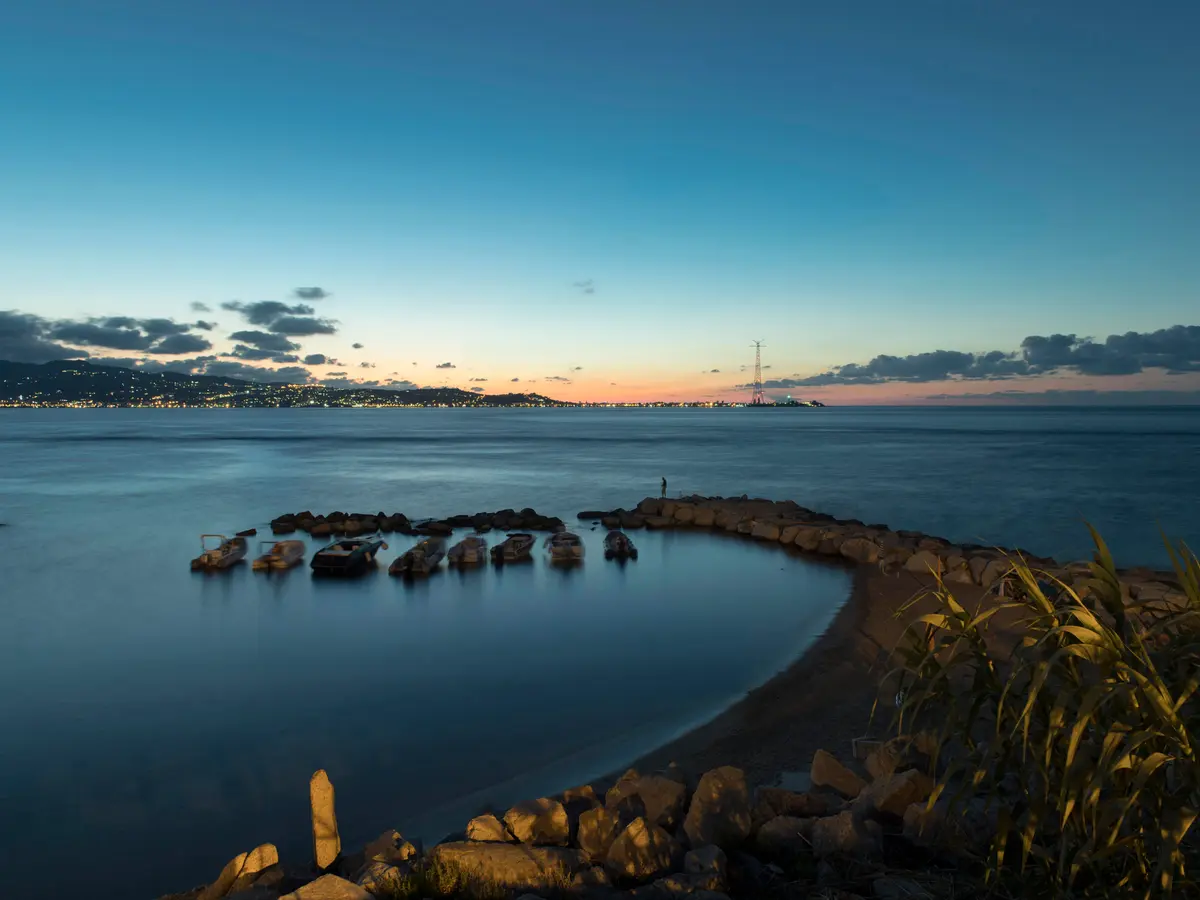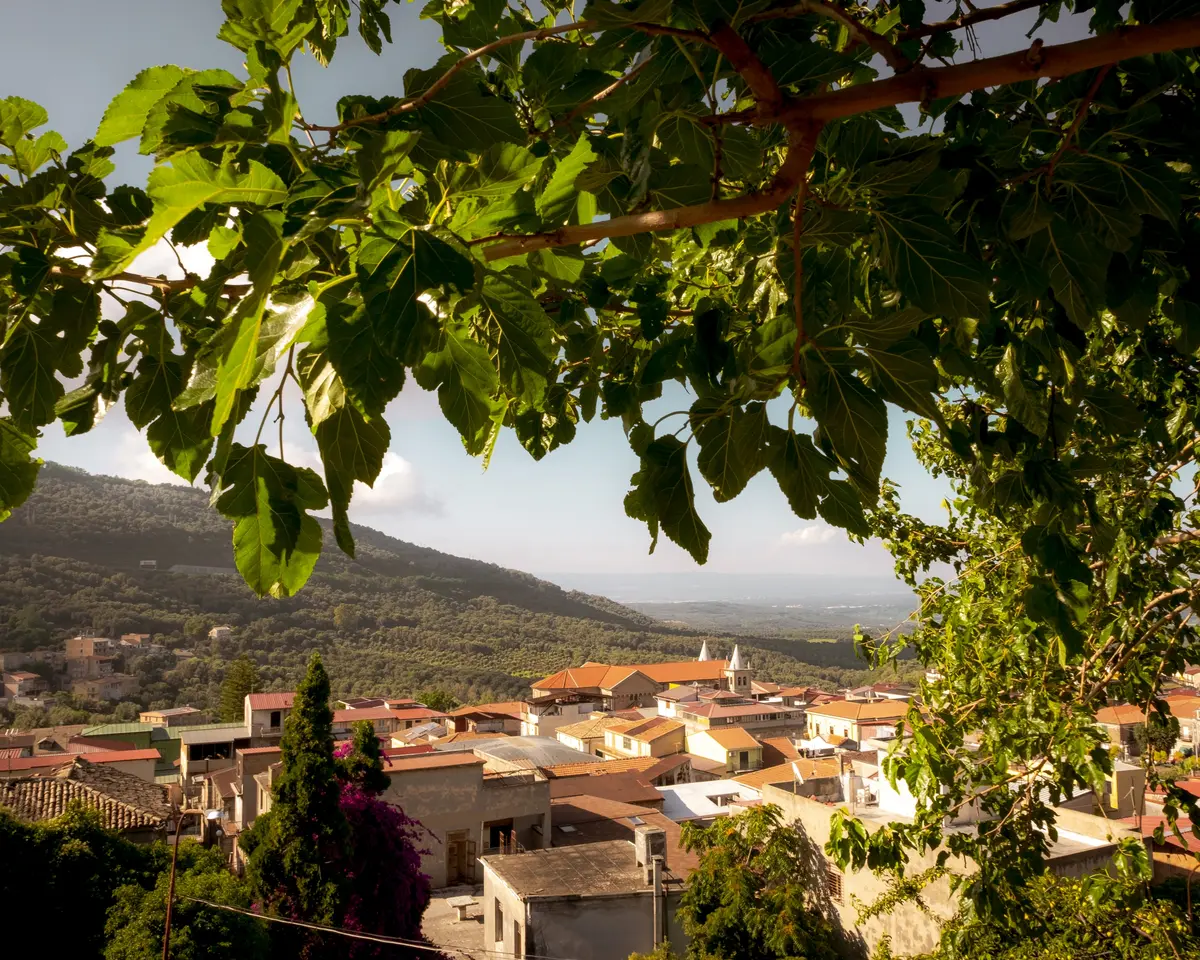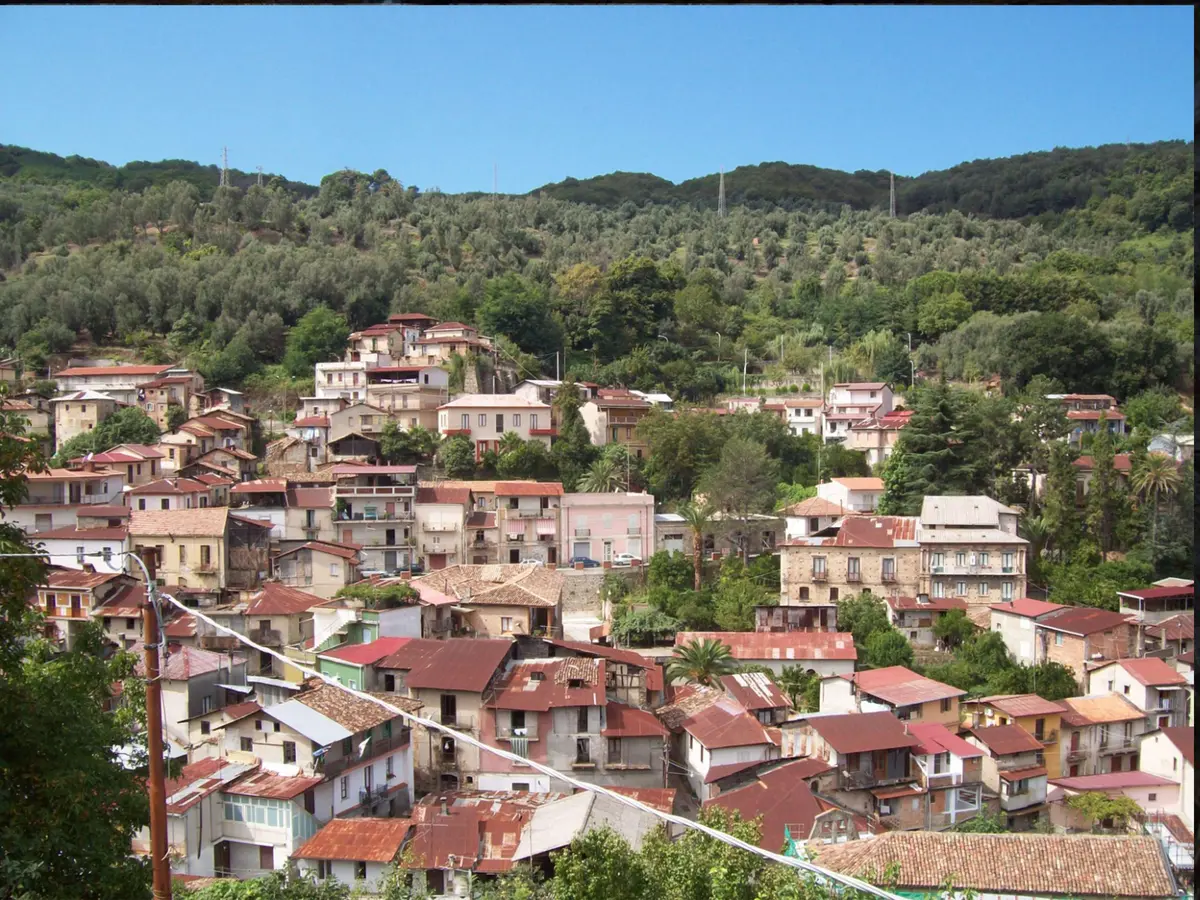Aspromonte National Park
Between UNESCO Geosites, literary trails and ghost towns
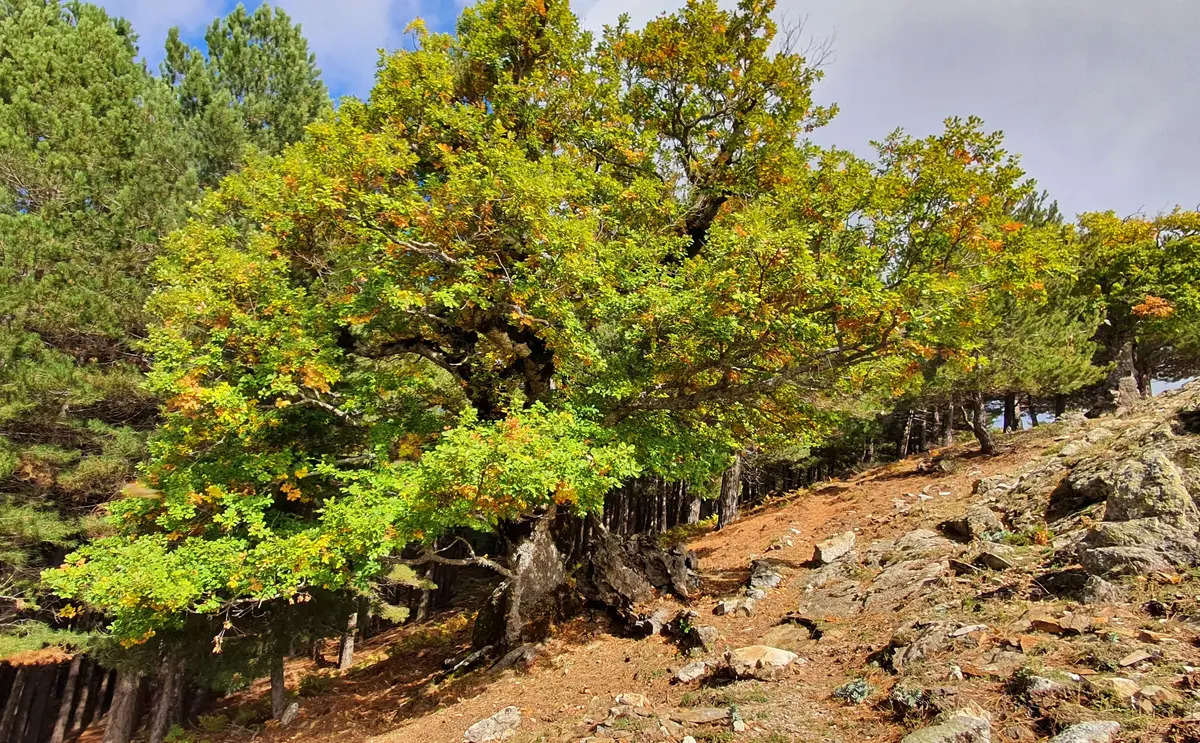
Naturalistic parks
Faggeta Vetusta Valle Infernale, San Luca - Luca Lombardi
Explore the Aspromonte National Park in the province of Reggio Calabria. The last offshoot of the Southern Apennines is characterised by the UNESCO World Heritage Aspromonte Geosites.
The Aspromonte National Park, characterised by an enormous animal and plant biodiversity, is entirely located in the province of Reggio Calabria and takes its name from the Aspromonte massif, halfway between Ionic and Tyrrhenian Calabria.
The territory of the Aspromonte National Park is characterised by enchanting locations, such as Montalto, Mount S. Elia, Lake Rumia and Lake Costantino, which offer evocative views near Gambarie d'Aspromonte, the ‘’sea view‘’ ski complex in the municipality of Santo Stefano in Aspromonte and the Buonamico Valley. In addition to the spectacular Valley of the Great Stones, home to the main UNESCO Geosites, Aspromonte offers explorers several thematic trails, such as the literary ones dedicated to the writers Corrado Alvaro and Edward Lear (Englishman's Path), or the evocative ‘’Path of the Brigand‘’. In addition to nature trails, sports enthusiasts can enjoy mountain biking, horse riding and canyoning.
Among the Aspromonte Park's plant species are oleander and tamarisk, poplar and black alder, which grow thanks to the abundance of water in the typical Aspromontane torrents and some of the most beautiful waterfalls in Calabria. The Beech Forest of the Infernale Valley is another valuable UNESCO World Heritage Site (unfortunately not accessible without expert guides) for its prehistoric longevity. Among animal species, Aspromonte is the ideal habitat of the wild cat, dormouse and the Black Pig of Aspromonte, whose meat is among the excellent products of Calabrian agri-foodstuffs with a PAT (Traditional Agri-food Product) label.
A gem of the Aspromonte National Park are the ‘’ghost towns‘’, such as the village of Pentedattilo, and the ethnolinguistic Greek minority villages, which revolve around Bova, among the Most Beautiful Villages in Italy.
Useful information
What to know about Aspromonte National Park
Events
There are 29 events scheduled.
Where to Sleep
There are 815 available accommodations.
Places
There are 56 places to visit.
Travel Ideas
There are 116 travel ideas.
Infopoint Santo Stefano in Aspromonte
Via Aurora, 1, Santo Stefano in Aspromonte
No result
